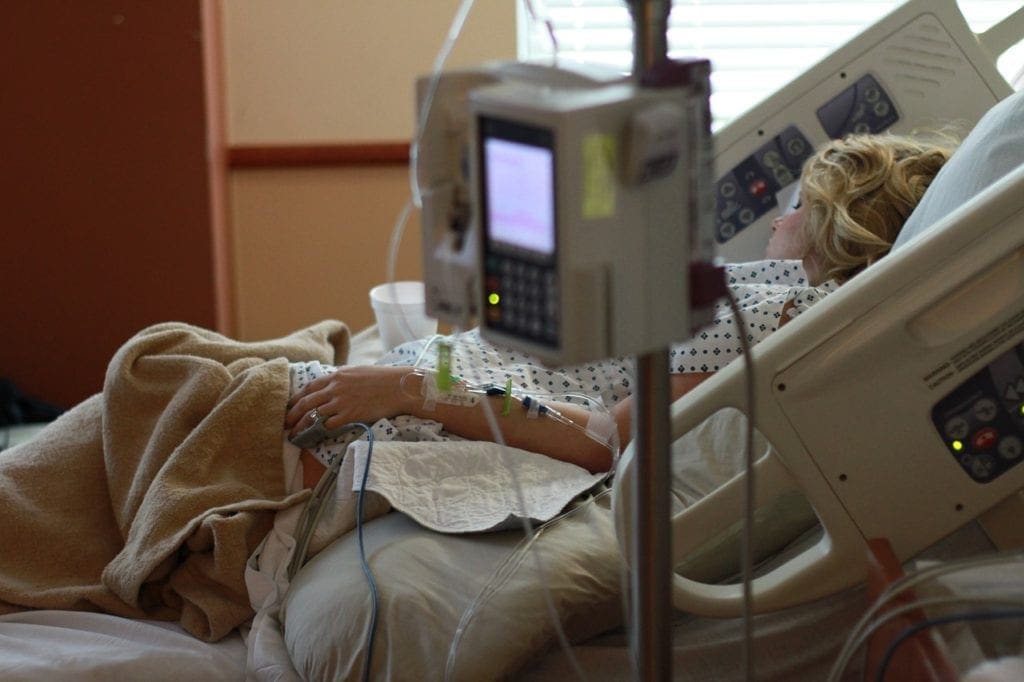Pregnancy-related mortality is on the rise in the United States, and according to a Centers for Disease Control and Prevention report, 60% of these cases are preventable.
To those of us who know how badly regulation has hurt the medical industry, this number isn’t all that surprising. Especially when you consider that doctors no longer have any time to even talk to their patients, spending most of their time doing paperwork. Unfortunately, mainstream outlets report this as a failure of the government, as oversight is lacking. The reality is that government’s suffocating regulations are to blame for a lot of the problems mothers have to deal with.

According to the CDC, 700 American women die yearly from pregnancy-related complications, making the United States one of developed countries with the highest maternal death rates in the world. In addition, black and Native women are 3 times more likely to die than white women, making this problem particularly concerning for minorities.
Many of these cases, the report found, involved chronic conditions, making it clear that care providers are not communicating potential risk factors that could make complications more likely. In addition, the report found, providers could work on teaching women to watch for potential red flags, making them more likely to seek help promptly instead of ignoring or dismissing certain signs as nothing of importance.
Another issue raised by the CDC was the lack of access to care in certain rural areas, which hurts Native American women the most.
Additionally, women who die due to delivery-related complications and infections, more often than not undergo procedures that expose them to potential risks they weren’t even aware of beforehand. As Lauren K. Hall explained for FEE, once a pregnant woman arrives at the hospital, she’s likely to have her labor induced chemically, putting her at a 30% chance of having to undergo a cesarean section.
During labor, the woman will probably be forced to be hooked up to monitoring machines preventing her from standing, walking, or eating and drinking. And throughout the entire ordeal, she will also be subjected to vaginal exams whose potential risks are never fully explained.
“All these restrictions and invasions of the mother’s body are done ostensibly for the sake of her and the baby’s health,” Hall wrote, “but no medical reason exists for this level of intervention for most of these women. In other words, the vast majority of childbirths could happen as or even more safely if the mother were able to move around, eat, drink, and avoid invasive interventions.”
This goes to show just how impersonal pregnancy care has become in America, with most women across the country being unable to choose an alternative to big, corporate hospitals to have their children delivered. And as I explained before, the fact doctors no longer have the time to actually care for their patients’ thanks to bureaucracy only makes matters worse.
When it comes to lack of access to care, government is also the only one standing in the way.
In many states, birth centers suffer so many restrictions and added costs that entrepreneurs simply cannot open their doors. In addition, many hospitals in rural areas are closing their maternity wards due to increased costs and a lower number of births. In those places, birth centers could easily step in to replace these facilities but because of state-imposed regulations, they don’t see a financial benefit to even try.
While the CDC vows to offer support to maternal mortality review committees across the country to help lower the numbers of deaths, it is clear that lifting regulatory burdens on the industry would significantly help. Unfortunately, no bureaucrat would suggest that. After all, they aren’t after real solutions but more reasons to justify their own existence.




















